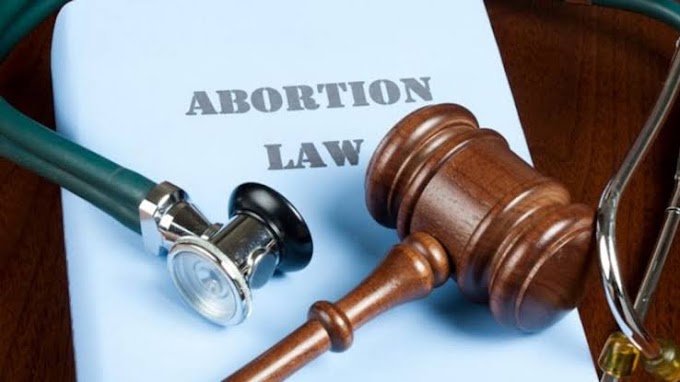Evolution Collegium System
Author: Kumar Gaurav Vimal, a student of Faculty of Law, University of Delhi
Introduction
The Collegium System is a system under which appointments/elevation of judges/lawyers to Supreme Court and transfers of judges of High Courts and Apex Court are decided by a forum of the Chief Justice of India and the four senior-most judges of the Supreme Court.
This article focuses on the history of Collegium System and it’s evolution from time to time in our country.
Constitution on Appointment of Judges
Article 124(2): This article of the Indian Constitution reads that the Judges of the Supreme Court are appointed by the President after consultation with such a number of the Judges of the Supreme Court and of the High Courts in the States as the President may deem necessary for the purpose.
Article 217: Indian Constitution’s article states that the Judge of a High Court shall be appointed by the President consultation with the Chief Justice of India, the Governor of the State, and, in the case of appointment of a Judge other than the Chief Justice, the Chief Justice of the High Court.
Evolution of Collegium System in India
Phase 1:
Appointment of CJI 1950-1973
After the India adopted the constitution in 1950, till 1973 the president appointed CJI and remaining judges on consultation with the present CJI and other judges. A convention was formed where the senior-most judges of SC was to be appointed as CJI.
But In 1973, A. N Ray was appointed as CJI which violated this convention as he superseded 3 other SC judges senior to him. Again in 1977, another CJI was appointed who superseded his seniors. This resulted in clash between the executive and judiciary
Phase 2:
S.P Gupta vs Union of India, 1981 (1st judges case)
In this case the Supreme Court observed the word “consultation “ given under Article 124(2) of the Constitution and who has the final power to appoint the Judge; executive or judiciary.
Supreme Court in this case held that the word “consultation“ does not mean concurrency which means that the President (executive) is not bound by the opinion of judiciary and hence, President(executive) has the final power in the appointment of judges.
Phase 3:
Supreme Court Advocate on Record Association vs Union of India, 1993 (2nd judges case)
In this case 9 judges bench observed the issue whether the opinion of CJI in respect of appointment of judges of SC or HC and the transfer of judges should be primary or not. By the majority of 7:2, the decision of SC in 1st judges case was overruled.
The SC held that in this process, the opinion of CJI should have greatest weight and hence the opinion of CJI would be binding on the President (executive). The executive element in this process is reduced to minimum to prevent the political influence.
Phase 4:
3rd judges case ,1998
After the judgment of 2nd judges case, the executive seek clarification on certain issues of this judgment and requested the court to reconsider it. In the year 1998, the presidential reference to the Supreme court was issued questioning the meaning of the word consultation in articles 124, 217, and 222 of the Constitution.
The SC observed there issues and held that The chief justice won’t be the only one as a part of the consultation process. Consultation would include a collegium of 4 senior-most judges of the Supreme court. Even if 2 of the judges are against the opinion, the CJI will not recommend it to the government. The laid down strict rules regarding this process which is known as Collegium System of the current day. This case clarified the version of 2nd judges case.
Phase 5:
4th judges case, 2015
The judgement of 3rd judges case led to the 99th Constitutional Amendment Act, 2014 the National Judicial Commission Act (NJAC) to replace the collegium system for the appointment of judges.
Composition of NJAC
The Chief Justice of India
2 senior-most judges of the Supreme Court
The Law Minister of India
2 eminent members that are chosen by the Selection Committee
The 1993, the SC by five-judge Constitution Bench declared the National Judicial Appointments Commission Act (NJAC) and the Constitutional (Ninety-Nine Amendment) Act, 2014 as unconstitutional on the basis that it violates the basic structure of the Constitution which is the independence of judiciary. The court held that the Judicial Appointments with the active executive participation is important but the primacy of judiciary will remain there.
The present system of Appointment of Judges
The concept of Collegium System which was decided in 3rd judges case by the Supreme Court is followed nowadays as the present Collegium System for the appointment of judges in India. The opinion of the CJI is binding on the Government. The opinion of the CJI must be formed after due consultation with a collegium of at least four senior-most judges of the Supreme Court. Even if two judges give an adverse opinion, then he should not send the recommendation to the Government.




![Freedom of Speech in India [Indian Supreme court and Law of Sedition]](https://blogger.googleusercontent.com/img/a/AVvXsEiGLLUmLKq5Da6xDZplasOZHKRj-jOhWPkoeuy0_Eq757tUpOiHz-xooXwIlAjF0-hmBfi-TtMIv6on_sVgBXVq4wbWwnbsqLOcNX22S8C2aSq-ZuK3vn9wWAx8tXByYOBfwc0hs6b8RJV84YNFG2greouGKjup6g8kN-xVlchW33VHdSSmrhLC1BUEVbGp=w680)





